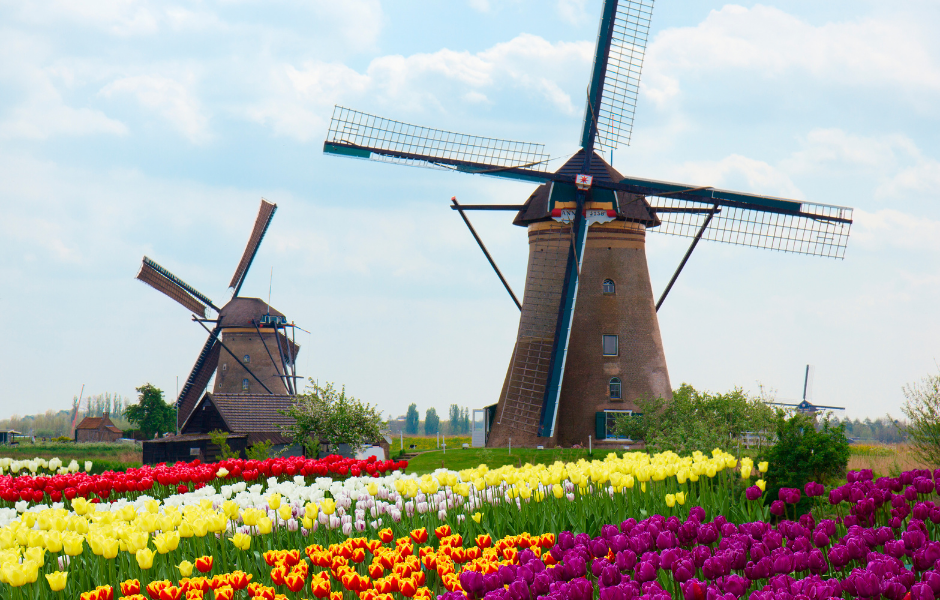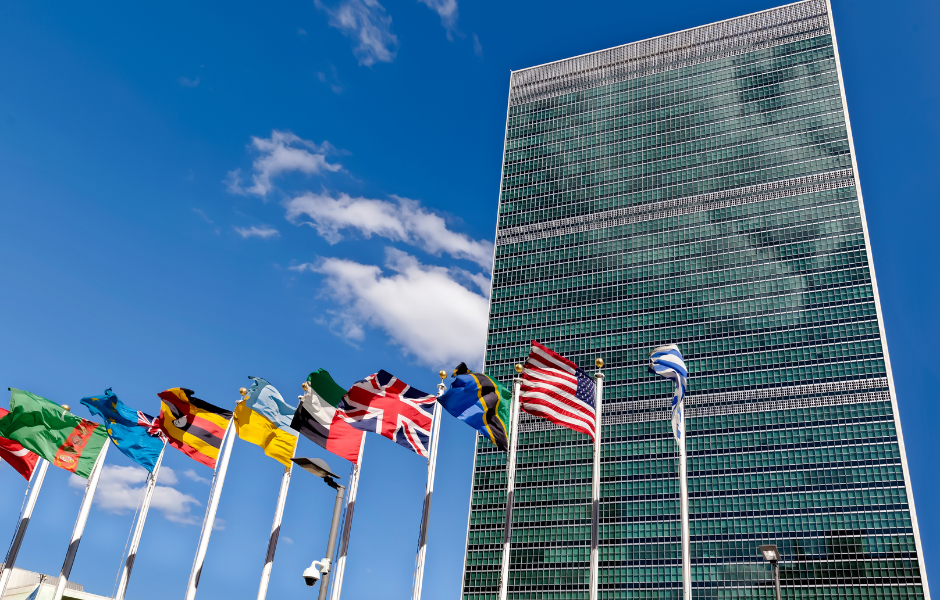
This children’s article, What are windmills? A kids’ guide to wind power through time, has been written for native English speakers and learners of English as a second or foreign language. It can help children practise reading and comprehension, learn useful science and history vocabulary, and discover how people have used the power of wind for hundreds of years. Written by Sinead O’Carroll, an experienced English teacher and writer.
What is a windmill?
A windmill is a machine that uses the power of the wind to do work. Long before people used electricity, windmills helped humans grind grain into flour, pump water, and cut wood.
When the wind blows, it pushes large sails or blades, which spin a wheel or shaft inside the building. That spinning movement can turn stones, gears, or pumps to do useful jobs.
When and where were windmills invented?
The first windmills were built more than a thousand years ago. Early versions appeared in Persia (now Iran) around the 7th century. They had simple sails made from cloth or reed that caught the desert wind.
Later, windmills spread across Europe, where they became especially famous in the Netherlands. Dutch windmills helped to drain water from low-lying land, keeping the country safe from floods.
In the 1800s, wooden windmills also became common in the United States, where they pumped water for farms and cattle. Each region adapted the windmill to suit its needs and local weather.
Windmills today
Today, giant wind turbines stand on hills, in fields, and even in the sea. These groups of turbines are called wind farms. Each one can power thousands of homes without using fuel or releasing pollution. Wind turbines are part of the world’s growing use of renewable energy, which includes solar, hydro, and geothermal power.
Many old windmills are now museums or landmarks. In the Netherlands, you can still see rows of tall windmills at Kinderdijk, a UNESCO World Heritage Site. They remind us of how humans have always found clever ways to use nature’s power.
You can learn more about wind power and why it’s important in this article – Turning wind into energy: A kids’ guide to wind power.
Why wind power matters
Wind is one of the cleanest and most sustainable energy sources on Earth. It never runs out and helps reduce the amount of carbon dioxide released into the air. Using wind power can protect the planet by lowering greenhouse gas emissions and slowing climate change.
To learn more, you can read the History of Windmills.

Article vocabulary list
- Windmill – a building or machine that uses wind to do work such as grinding grain or pumping water.
- Blade – a flat part that catches the wind and makes a windmill or turbine spin.
- Generator – a machine that changes movement into electricity.
- Electricity – energy that powers lights, machines, and devices.
- Renewable – something that can be used again and again without running out.
- Sustainable – able to last for a long time without harming the environment.
- Turbine – a modern windmill that makes electricity.
- Carbon dioxide – a gas that warms the Earth when too much is released into the atmosphere.
- Pollution – harmful materials released into air, water, or land.
- Heritage – something valuable from the past that people want to protect.
Comprehension questions
Just click the plus (+) to see the answer
1. What is a windmill used for?
a) Catching fish
b) Using wind power to do work
c) Making rain
Answer: b) Using wind power to do work
2. Where were some of the first windmills built?
a) France
b) Persia (now Iran)
c) China
Answer: b) Persia (now Iran)
3. What were windmills used for in the Netherlands?
a) Draining water and preventing floods
b) Cutting wood for furniture
c) Pumping oil from the ground
Answer: a) Draining water and preventing floods
4. What do modern wind turbines produce?
a) Bread
b) Water
c) Electricity
Answer: c) Electricity
5. What is a wind farm?
a) A place where windmills grow
b) A group of wind turbines that make energy
c) A type of old farm tool
Answer: b) A group of wind turbines that make energy
6. Why is wind power important for the planet?
a) It is clean and renewable
b) It makes cars faster
c) It costs a lot of fuel
Answer: a) It is clean and renewable
Sinead is a writer and EFL teacher with eight years’ experience. She’s a native English speaker who loves making news stories fun and easy to understand for children around the world. Her passions include travel, animals, and helping to make the world a kinder, more sustainable place.




